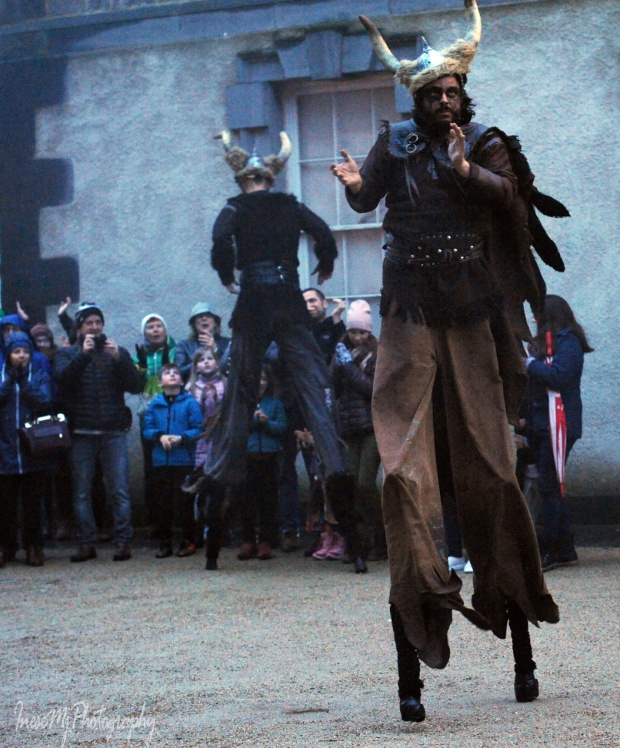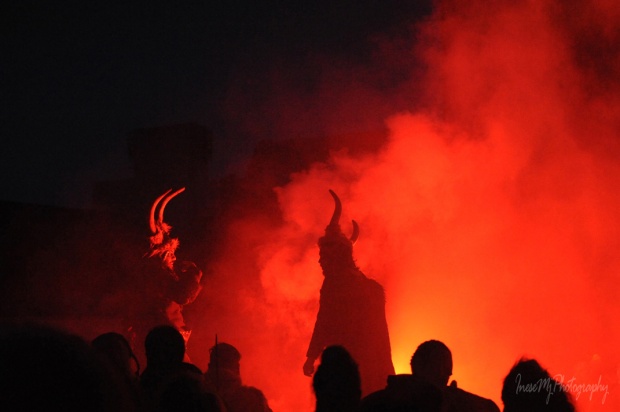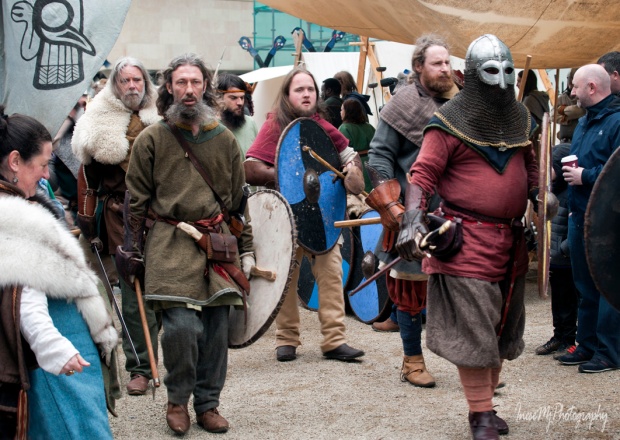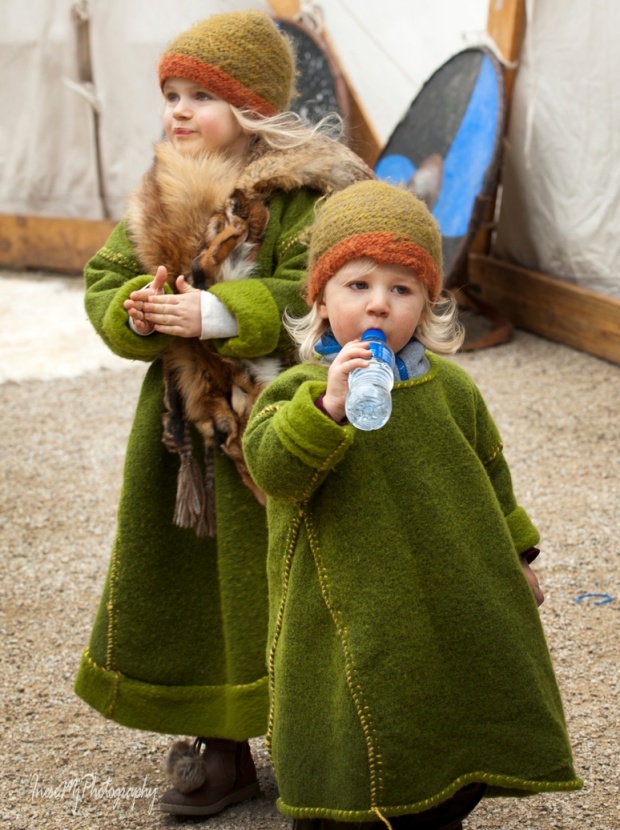This “fierce viking face” is here for reference only. No photographer was harmed in the making of this picture.
In fact, the day in Woodstown was very pleasant and fun.
Waterford city was established by Vikings in 914, but a separate party of Norsemen settled 9 km upstream and built a longphoirt – Irish word for a ship harbour – in the middle of the 9th century. During the testing related to the construction of the N 25 bypass in 2003, two lead weights were discovered which was the beginning of archaeological excavations at Woodstown that uncovered an early Viking settlement on the bank of River Suir. The bypass was amended and re-routed following the discovery. Woodstown Viking settlement was declared a national monument.
You can admire the archaeological discoveries from the dig on display in the Reginald Tower in Waterford city.
Take these steps to the second floor that is dedicated to the Woodstown Viking settlement finds.
Among many other finds, over 200 weights were found in Woodstown, which indicates that it was a trade centre where merchants and craftsmen could trade for goods or slaves. They used coins too, but by their weight in silver rather than their denomination. There were many centres like this established by Vikings. Some of them made new cities – Dublin, York, Novgorod. Woodstown Viking settlement didn’t continue into a bigger city and lasted not more than 100 years.
When I arrived in Woodstown, I met James Eogan, Senior archaeologist at Transport Infrastructure Ireland, executive editor of the book Woodstown: A Viking Age Settlement in County Waterford. I joined his guided walk which was a great success.
Mr. Eogan took us to the site – or rather to the part of the Greenway where the site is situated behind the fencing. The site has only been partially excavated (5%), but digging will continue if funded. From archaeological evidence it is clear that Woodstown settlement was a Viking trading centre and a home to craftsmen and their families, but its location was not practical for Viking needs. We learned about the site map, defense trenches, discovery of the stand alone burial site, and many more interesting facts and theories about this unique place.
The site is not accessible to the public yet, but hopefully some information boards will be installed along the Greenway.
The Woodstown book has a fantastic free audio guide that can be found on this page or, hopefully, accessed through this embedded link:
Today I am sharing some Viking pictures of our own very talented Vikings from Déise Medieval and their friends from other countries. From my previous Viking post you already know about the Vikings and their legacy. Let’s see them in action 🙂
I was fascinated with the work of this beautiful weaver. We used to make a very simplified form of bookmark in Primary, and I still remember the joy 🙂
A charming Viking lady has a terracotta horseman that catches my eye.
A Byzantine physician (my guess) is offering potions and spices.
Another fascinating stand – Viking cutlery and all sorts of knives (The Catfire Forge)
Endless choice of pendants and a beautiful merchant – alone and deep in thoughts.
This lovely lady has a collection of Viking weaponry for sale.
She explains the great qualities of the battleaxe to her customer, and even shows where to aim 🙂 The other Vikings are hanging around, just in case. Safety first.
Day to day life in a Viking camp looks relaxing and wholesome.
And this is no doubt my favorite picture 🙂
Speaking about love. John of Wallingford, a Benedictine monk, complained about the Vikings and their ways to lure the local ladies from the straight and narrow. It came out that the invaders were a big hit with the local women because ‘they combed their hair every day, bathed every Saturday and had many frivolous devices about their person’.
Walking around the camp I take a few candid pictures of the Viking warriors. There is a battle between two Viking clans scheduled today.
Let’s the fight begin.
I am rooting for the redhead Viking lady.
No luck this time.
“Call upon the dead to rise! ”
And another fight begins. Then another.
The winners cannot hide their excitement.
Finally the war is over.
Thank you for reading about Irish history and camping with Vikings. Check your DNA – you might be surprised.
 Have a wonderful weekend!
Have a wonderful weekend!



































































 Have a wonderful weekend!
Have a wonderful weekend!


















 Have a wonderful weekend!
Have a wonderful weekend!












 Have a wonderful weekend!
Have a wonderful weekend!